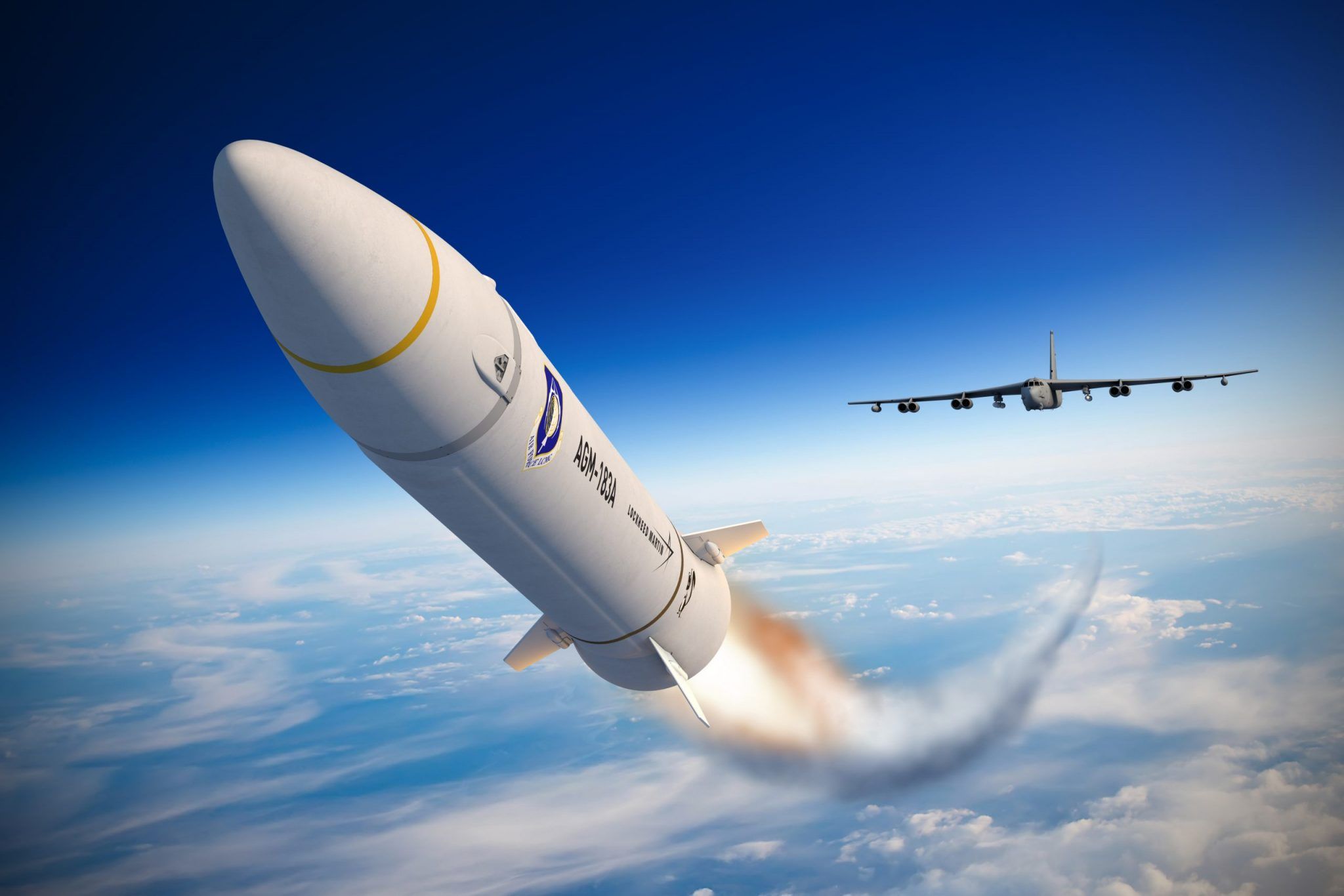Space Development Agency’s Orbital Mesh Network
Article by Nathan Strout April 21, 2021 (defensenews.com)
• In 2019, the Space Development Agency (SDA) was charged with developing the National Defense Space Architecture for second generation US satellite communications in low earth orbit. “The whole idea is to be able to move data as rapidly as possible to get that tactical information directly to the war fighter,” said SDA Director Derek Tournear.
• The backbone of the architecture is the ‘transport layer’ – an orbital mesh network of hundreds of satellites connected through optical intersatellite links. The transport layer will be the glue that will connect the military services’ various combined networks allowing the DoD to rapidly move data through space directly to existing tactical data links on a weapons platform or on a weapon itself.
• SDA will use a ‘spiral development’ approach to build out the space architecture, putting up new satellites every two years. The first set of 28 satellites will begin launching in 2022. The next set of 150 satellites, to be launched in 2024, will be an operational system to provide a war fighter immersion capability. “That’s our initial war fighting capability,” said Tournear. “[W]e want those (communications) crosslinks to not only be satellite to satellite, but satellite to air, satellite to ground, and satellite to air and maritime assets…”
• The agency is working with several companies to ensure their satellites can connect to the transport layer via optical intersatellite links. Those commercial satellites will form the custody layer, an intelligence, surveillance and reconnaissance capability that will provide overhead satellite imagery for tactical targeting. The agency is also talking with commercial services that could provide high bandwidth data backhaul in case the architecture was disabled.
• On April 16th, SDA issued a request for information seeking industry feedback on an optical communication standard. The third set of satellites will “fold in the lessons learned … any new technology that’s been developed, and any new threats that have come online,” said Tournear. He expects Space Force systems to connect to the transport layer via optical intersatellite links, and commercial capabilities are expected to tie in even sooner. Responses to the optical communications RFI are due by April 30th, and the transport layer satellites are expected to be ordered this summer.
 WASHINGTON — Before its first satellites are on orbit, the Space Development
WASHINGTON — Before its first satellites are on orbit, the Space Development

Agency is reaching out to industry for feedback on how it should upgrade its communications standards for its second generation of satellites.
Established in 2019, the agency was charged with developing the National Defense Space Architecture, a proliferated constellation to eventually be made up of hundreds of satellites mostly operating in low Earth orbit. The backbone of the architecture is the transport layer, a mesh network on orbit connected through optical intersatellite links. The transport layer will allow the DoD to rapidly move data through space, and will be the glue that will connect the services’ various Combined Joint All Domain Command and Control networks.
 “The whole idea is to be able to move data as rapidly as possible to get that tactical information directly to the war fighter,” said SDA Director Derek Tournear at the annual C4ISRNET Conference. “So what the transport layer consists of are hundreds of satellites that form a resilient optically interconnected mesh network that will pass data directly to existing tactical data links. So what that means to the war fighter is the following: I can now move data from a
“The whole idea is to be able to move data as rapidly as possible to get that tactical information directly to the war fighter,” said SDA Director Derek Tournear at the annual C4ISRNET Conference. “So what the transport layer consists of are hundreds of satellites that form a resilient optically interconnected mesh network that will pass data directly to existing tactical data links. So what that means to the war fighter is the following: I can now move data from a targeting cell that could be located CONUS or ideally that targeting cell will actually form a target onboard on the satellites and I can send that data down directly to an existing tactical data link on a weapons platform or on a weapon itself.”
targeting cell that could be located CONUS or ideally that targeting cell will actually form a target onboard on the satellites and I can send that data down directly to an existing tactical data link on a weapons platform or on a weapon itself.”
SDA is using a spiral development approach to build out the NDSA, putting up new tranches of satellites every two years. The first set of 28 satellites — tranche 0 — will begin launching in 2022 and provide a war fighter immersion capability. Tranche 1 will have closer to 150 satellites and will be an operational system.
FAIR USE NOTICE: This page contains copyrighted material the use of which has not been specifically authorized by the copyright owner. ExoNews.org distributes this material for the purpose of news reporting, educational research, comment and criticism, constituting Fair Use under 17 U.S.C § 107. Please contact the Editor at ExoNews with any copyright issue.




 with wide field of view (WFOV) overhead persistent infrared (OPIR) sensors. Those satellites will form the first layer of a planned surveillance network to track hypersonic missiles.
with wide field of view (WFOV) overhead persistent infrared (OPIR) sensors. Those satellites will form the first layer of a planned surveillance network to track hypersonic missiles.

